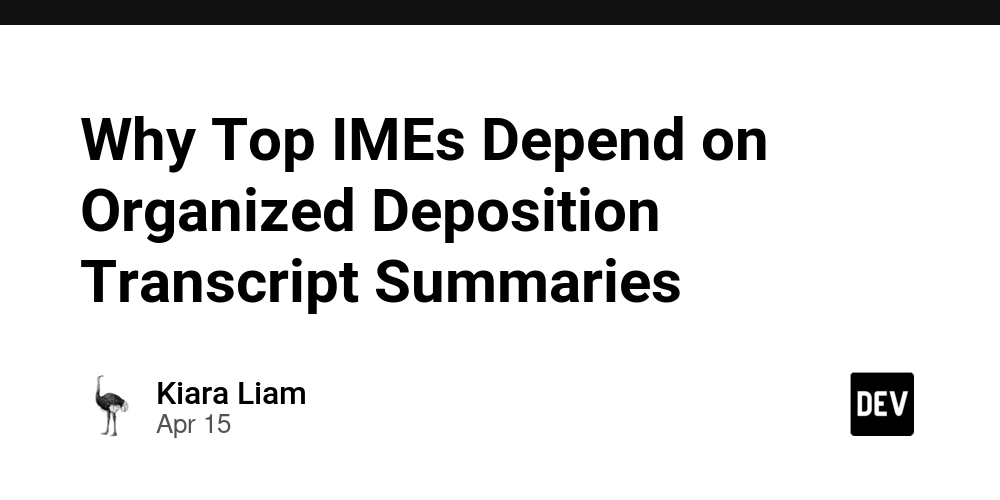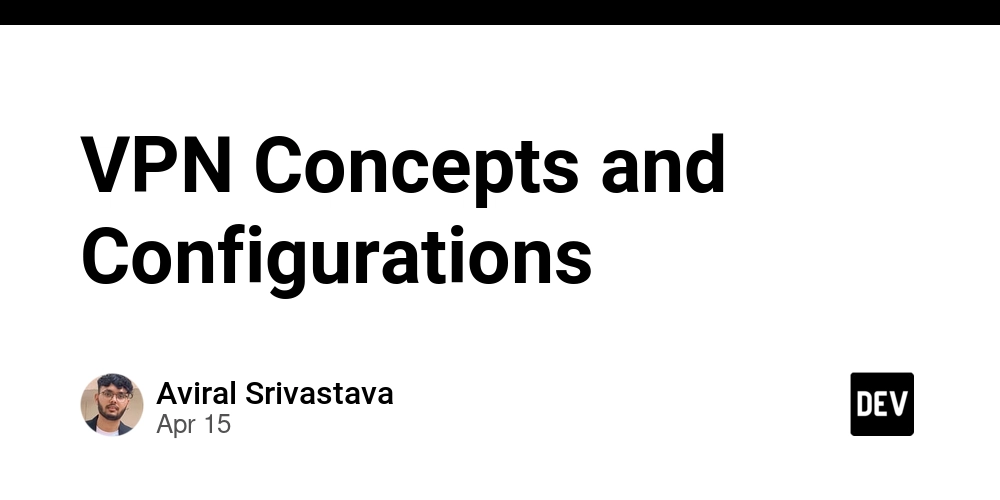Morphing Meerkat PhaaS Using DNS Reconnaissance To Generate Phishing Pages Based on Target
Morphing Meerkat, a sophisticated Phishing-as-a-Service (PhaaS) platform first identified in 2020, has evolved from a simple tool capable of mimicking five email services to a comprehensive cybercriminal resource offering more than 100 different scam templates. This platform represents a significant advancement in phishing methodology, leveraging advanced DNS reconnaissance to customize attacks based on victims’ email […] The post Morphing Meerkat PhaaS Using DNS Reconnaissance To Generate Phishing Pages Based on Target appeared first on Cyber Security News.

Morphing Meerkat, a sophisticated Phishing-as-a-Service (PhaaS) platform first identified in 2020, has evolved from a simple tool capable of mimicking five email services to a comprehensive cybercriminal resource offering more than 100 different scam templates.
This platform represents a significant advancement in phishing methodology, leveraging advanced DNS reconnaissance to customize attacks based on victims’ email service providers.
The malware’s core functionality revolves around its ability to dynamically generate convincing phishing pages that closely resemble legitimate email service interfaces, substantially increasing the success rate of credential harvesting operations.
When unsuspecting users click on malicious links embedded in Morphing Meerkat-generated content, the platform immediately begins its reconnaissance work, analyzing domain information to craft a tailored attack.
Check Point researchers noted that what makes this platform particularly dangerous is its technical sophistication in DNS exploitation.
Upon analyzing the platform’s operation, they discovered its capability to query email domain’s DNS email exchange (MX) records, enabling it to precisely identify the specific email service provider being targeted.
The multi-lingual capabilities and extensive brand spoofing features of Morphing Meerkat present serious concerns for organizations worldwide.
As the platform continues to evolve, its repository of phishing templates grows, making it increasingly difficult for users to distinguish between legitimate login pages and fraudulent ones.
Once credentials are harvested, cybercriminals leveraging this platform can gain unauthorized access to corporate networks and sensitive information, potentially leading to data breaches, financial losses, and reputational damage.
Technical Implementation of DNS Reconnaissance
The technical foundation of Morphing Meerkat’s effectiveness lies in its DNS reconnaissance mechanism.
When a victim interacts with a malicious link, the platform executes a query against the domain’s MX records using a simple yet effective DNS lookup function:-
async function identifyEmailProvider(domain) {
const mxRecords = await dns.resolveMx(domain);
const provider = analyzeMxRecords(mxRecords);
return generatePhishingPage(provider);
}This function allows the platform to determine whether the target uses services like Microsoft 365, Google Workspace, or other email providers.
After identification, Morphing Meerkat employs various evasion techniques including open redirects and code obfuscation to avoid detection by security tools.
The platform may even redirect users to legitimate login pages after “failed” authentication attempts to reduce suspicion, creating a seamless deceptive experience that victims rarely detect until after their credentials have been compromised.
Organizations are advised to implement strong DNS security measures, continuous monitoring systems, comprehensive employee training programs, and multi-layered cybersecurity solutions to protect against this evolving threat.
Investigate Real-World Malicious Links & Phishing Attacks With Threat Intelligence Lookup - Try 50 Request for Free
The post Morphing Meerkat PhaaS Using DNS Reconnaissance To Generate Phishing Pages Based on Target appeared first on Cyber Security News.









































































































































































![[The AI Show Episode 143]: ChatGPT Revenue Surge, New AGI Timelines, Amazon’s AI Agent, Claude for Education, Model Context Protocol & LLMs Pass the Turing Test](https://www.marketingaiinstitute.com/hubfs/ep%20143%20cover.png)







































































































































































































































.png?#)






































.webp?#)
.webp?#)


























































































![[Fixed] Gemini app is failing to generate Audio Overviews](https://i0.wp.com/9to5google.com/wp-content/uploads/sites/4/2025/03/Gemini-Audio-Overview-cover.jpg?resize=1200%2C628&quality=82&strip=all&ssl=1)

![What’s new in Android’s April 2025 Google System Updates [U: 4/14]](https://i0.wp.com/9to5google.com/wp-content/uploads/sites/4/2025/01/google-play-services-3.jpg?resize=1200%2C628&quality=82&strip=all&ssl=1)














![Apple Seeds tvOS 18.5 Beta 2 to Developers [Download]](https://www.iclarified.com/images/news/97011/97011/97011-640.jpg)
![Apple Releases macOS Sequoia 15.5 Beta 2 to Developers [Download]](https://www.iclarified.com/images/news/97014/97014/97014-640.jpg)
































































































































